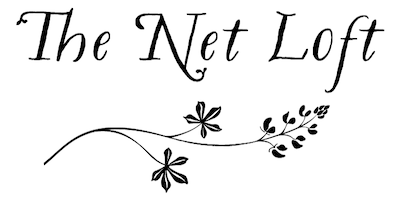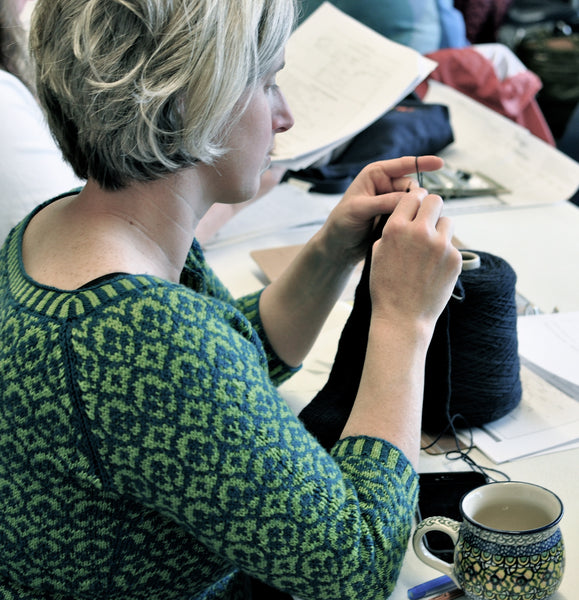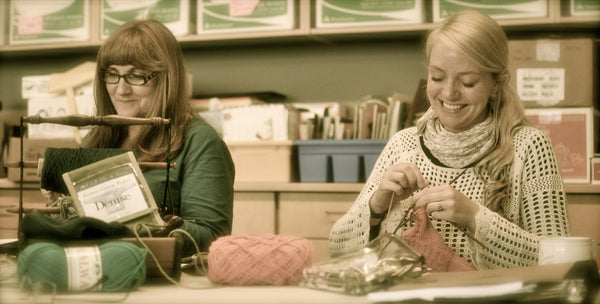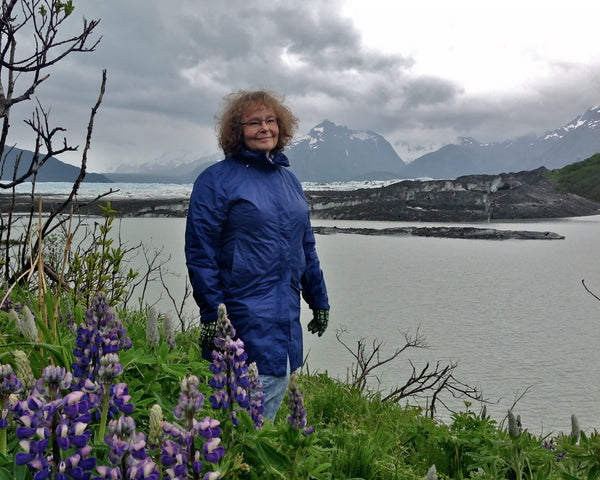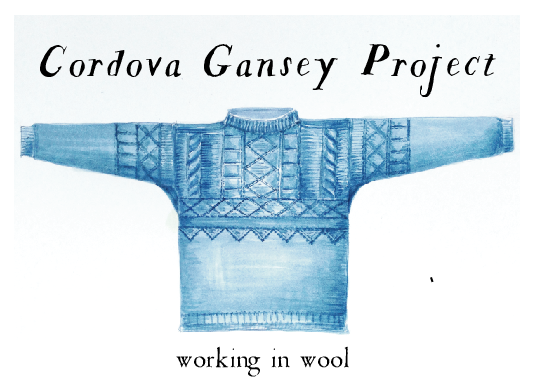
Cordova Gansey Project: The Long Story #9 Down River
Share

It is an interesting habit and tradition that we name our waterbound vessels. Sometimes we may name ranches, or cottages, or even cars, but water vessels are most always named, and proudly painted on bows and sterns to identify and admire . Sometimes one may inherit a boat name, and other times one gets to choose their own. In 1980, when we had our first boat built, we had the opportunity to give our new boat a name of its own. My husband wanted to call it the ORION, the mighty hunter, after the constellation, and consequently, the ORION became a part of his personal identity and that of his crew and his fishing operation. He even named his next boat the ORION as well, wanting to maintain the identification that had attached itself to his persona and commercial fishing life.
And so, in like manner, the "vessel" that I was aboard and headed downriver was deemed officially "The Cordova Gansey Project", whose home port of call would be Cordova, Alaska. The project would not necessarily be limited to our town, nor represent the migration of just a single pattern or knitting style, but would rather be a broader collection of traditional handknit working gear borrowed from those in other regions with a shared fishing and knitting history, and would hopefully extend its reach to anyone who was interested and grasped its vision.

As I began to move forward, ideas emerged. First, as an American, I thought this project would ideally be integrated regionally , and I knew of an American author Beth Brown-Reinsel who had a book, Knitted Ganseys, that we carry in the shop. Awhile back, we had hosted a small study group workshop on the book, taught by one of our local knitting instructors, Valerie Covel. Even though I wasn't able to be part of Val's group, it still interested me. Beth was my first inkling and first stop. I started emailing her to initiate a conversation about this idea that was brewing.

Through my emails and phone conversations with a very kind, helpful, and receptive Beth, I began to formulate a plan. We would start with a core group of knitters who were interested in knitting a loved one a garment designed specifically to suit the modern fisherperson. My thought was..
- I have fisherman son in law (who I had promised to knit a sweater over two years ago)
- I have a fisherman daughter married to the son in law
- I have a fisherman son
AND
- that I would love to enrobe each of them in a functional handknit made-to-fit garment that they could work in that would actually be superior to its synthetic counterpart. This would be the “working in wool” component.
- I love the thought of taking fishermen sweaters back from fashion to function, although there is nothing to say that these would not just be functional, but I hope that they would be fashionable as well.
- perhaps others might want to join me in this project, and we could be work on this project together....
The plan would be to start in June 2015, and it would involve Beth and begin with a Fiber & Friends Gansey Workshop.

The initial workshop with Beth was set for 20 students to be predominantly locals that were interested in creating a “working in wool” garment, whether it be for fishing, forestry, or other outdoor use. For two days we would work on constructing a reduced size model and for two days we would design a garment specifically geared towards a specific person, with the goal of completing the garment by the first day of the gillnet opening in May 2016. At the same time we made these arrangements, I had this idea in my mind that we would bring her back again the following summer and start a new group, as well as invite other instructors and build a symposium style event centered around the fishing/knitting/fiberart connection, and so the Net Loft Fiber & Friends:FisherFolk event was sketched into the calendar for 2016. It would be an opportunity to launch our first set of ganseys and share this concept with others, as well as celebrate our local fishing fleet and community.
An important element to be figured would be our yarn choice(s) for the project. One advantage the United Kingdom had was the great sheep close at hand, and since we have no flocks of sheep in Cordova, I began to research who was making gansey yarn in the United States. Beth Reinsel-Brown referred me to Upton Yarns on the East Coast, as they sell an American 5 ply naturally hand dyed sturdy gansey yarn. I initiated a dialog with Sarah of Upton Yarns, hoping we could make our initial set of garments for this year with her yarns, but there just wasn’t enough available at this time. Sarah was good to talk with and we made a plan for her to have some of her yarn available in gansey quantities spun and naturally dyed with indigo by June 2016 for our planned FisherFolk event. We decided people could choose the yarn they wanted, but also had available a wide selection of Frangipani traditional gansey yarn from the UK, which the majority of the group chose. I had spoken to Russ at Frangipani, who was also very helpful, and even shared stories with me of his time as a commercial fisherman whose boat went as far as Greenland years ago. He shared his story of how when he first got there, they gave him a close fitting gansey to be worn right next to the skin, and though a bit rough, it "did the job".
I was able to take a workshop with Beth at StitchesWest in February. Such a wonderful teacher, just being with her that day and seeing her in her gansey cardigan made me look forward to our summertime sessions in Cordova with excitement and anticipation. I was assured that she was the perfect person to help and guide us with our project.
We warmed up to Beth's gansey workshop with a knitalong where those interested could knit a gansey wrister designed by Beth. Particants could use Frangipani, and Sarah from Upton made some of her yarns available for those interested in working with a domestic 5 ply yarn. Beth met us online for a Ravelry chat online, and we were off and running. I was really glad for this opportunity to practice the channel island cast on and to practice some of the techniques we would be learning more about in her upcoming class.

Beth came to Cordova in early June, and our pilot group had 4 days with her lessons and instruction in traditional gansey knitting.
.
The days were filled with knitting, planning, studying reference books, calculating, and charting.

Using our swatches, measurements, favorite garments, and input from our end users, we began the design process for our individual garments.

Our new gansey knitting knapsacks would hold our yarn cones,


As far as who would receive the first gansey from me for the project, I decided on my son Nathan, who was excited about the prospect of a custom fit sweater and I obtained his measurements to help with the process, and already had ideas on ways he wanted it customized to suit his particular practical needs as a fishing sweater.
I was amazed to see how each of the participants embraced the spirit of the project and watched as they each brought their ideas to life as they began to chart and create their own unique gansey sweater blueprints.
Finishing off our time together with a shared potluck feast which included fresh grilled Copper River Red Salmon was the perfect ending to our fisherknitter four day "Traditional Gansey" workshop. We are continuing to meet periodically in town, and also stay in touch via Ravelry and a Facebook Group which you can join if you are interested in following along with our progress.

This was Part 1 of the plan that emerged and focused primarily on the history and knitting of a Traditional Fisherman's Gansey. Part 2 focused on another version with a contemporary twist, and I will share more on that coming up...For those who would like to join in, you can contact us and I can get you started now using Beth's book, DVD (excellent), and Frangipani yarn, OR you can take Beth's workshop which we will be repeating again next summer. It was a wonderful experience, and loved seeing all her knitted samples, and having her close at hand to answer all my questions. We will have online registration available soon.
I would especially like to thank Beth Brown-Reinsel for her guidance and expertise as we embark on this journey to help an old tradition flow into new territory here in our commercial fishing village of Cordova, Alaska, and we look forward to her return next summer for Net Loft Fiber & Friends 2016: FisherFolk when she will start another group of FisherKnitters on their way.
credits: Painting by Jen-Ann Kirchmeier Copper River
* see previous blog entry #8G

